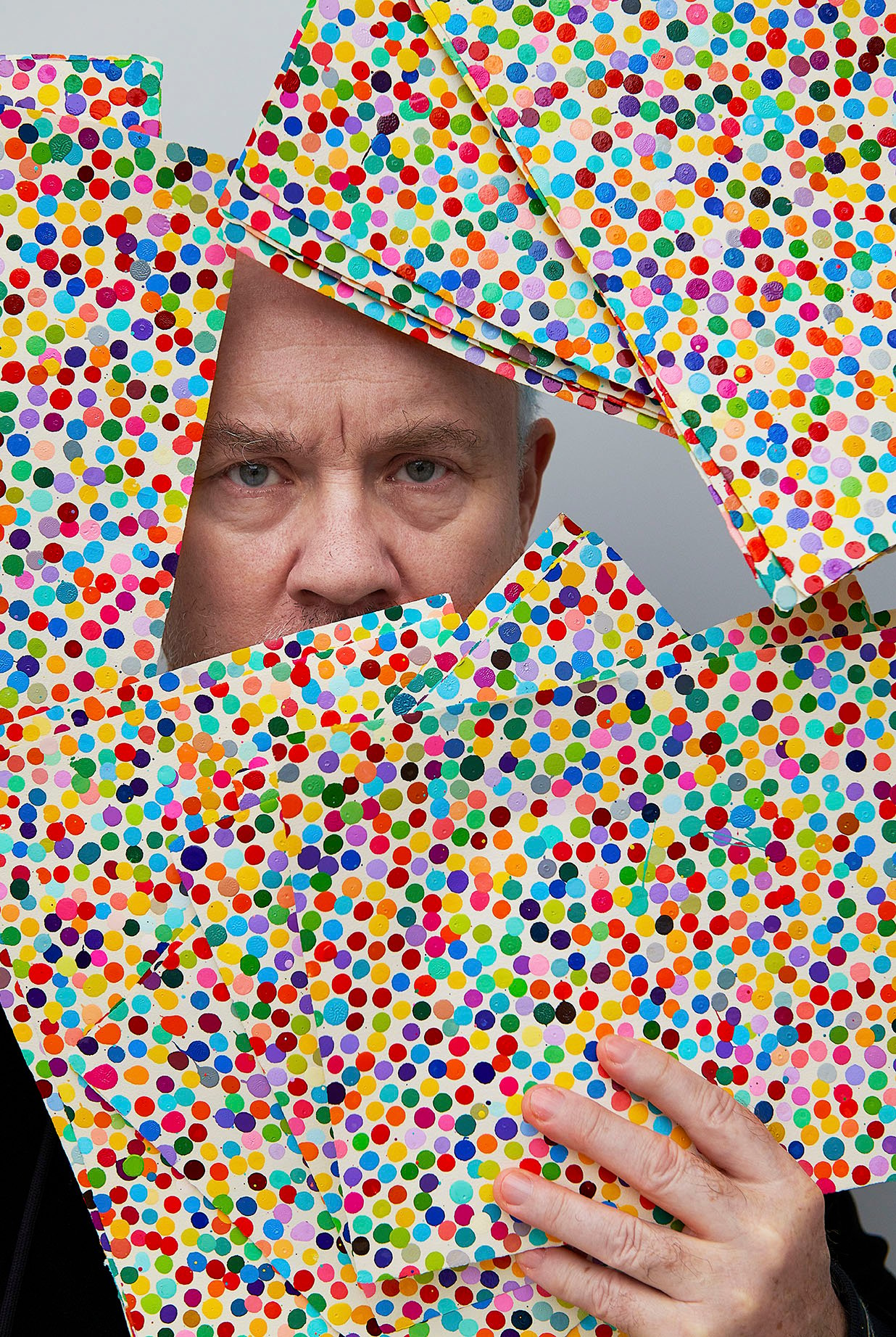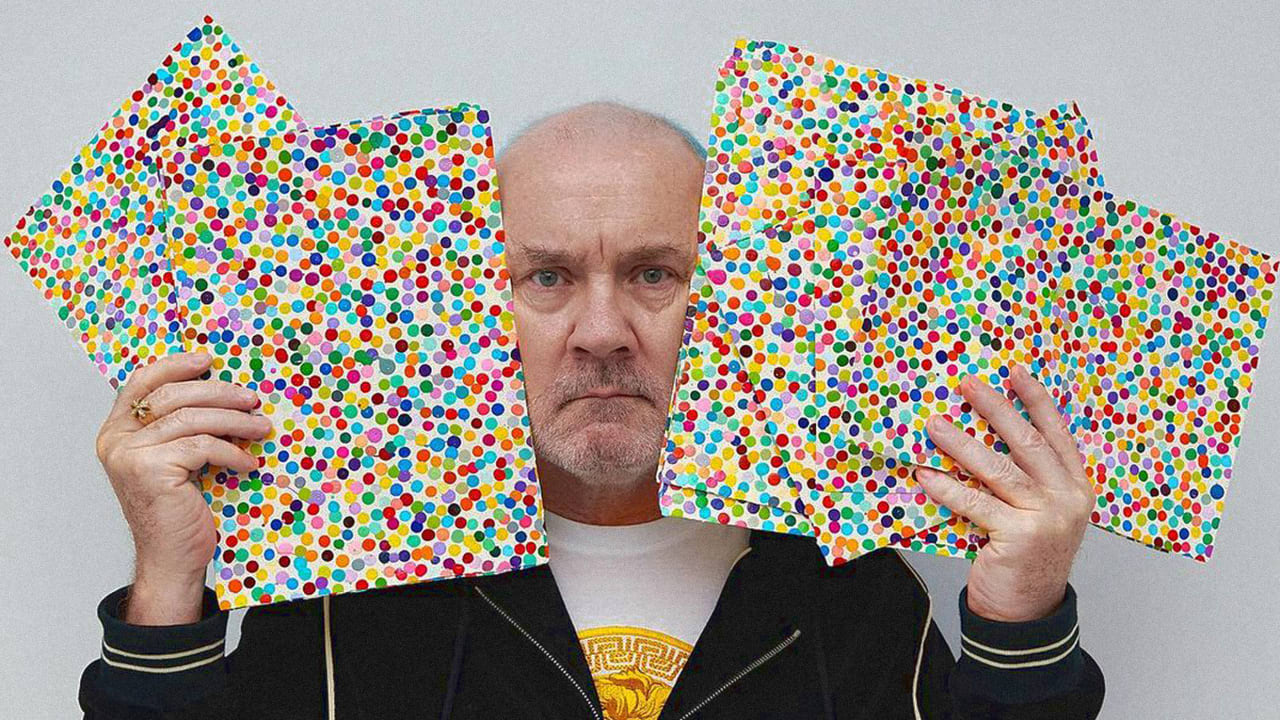Damien Hirst’s first non-fungible token (NFT) collection is getting a dedicated price index courtesy of Chainlink, a crypto network and data provider.
When Hirst – the British artist best known for wildly expensive works involving taxidermied sharks and diamond-studded skulls – released “The Currency” last year, the project took most of its cues from other popular NFT collections.
Like CryptoPunks or the Bored Ape Yacht Club, “The Currency” consists of 10,000 images with slight variations. And as with those projects, it was valued partly according to its “floor,” or the lowest listed price for a single NFT in the collection.
Now, a new price index will offer another metric for valuing the project based around Chainlink’s “oracles” – essentially a way of providing off-chain data to crypto networks. Often, they’re used to collect price data for cryptocurrencies. (Chainlink offers data feeds for Ethereum, Bitcoin and other popular coins.)

Hirst’s new price index feeds recent market data into an algorithm and spits out a “robust” price estimate for “most of the non-rare NFTs in the collection.”
Joe Hage, the founder of the tech company HENI, which has partnered with Hirst, said “The Currency” has always been an attempt to make art feel a little more like money.
“It’s about the relationship between art and money and value, and how art itself can be used as a store of wealth, and even as something you can use as a currency,” he told me.
The hope is the new price index will make that connection even more explicit, connecting these digital artworks with the world of DeFi, or decentralized finance. With a hard valuation for tokens in “The Currency,” Hage said he expects NFT holders to start borrowing against their pieces.
“The inventive and helpful nature of the community is constantly inspiring me and blowing my mind.”
Damien Hirst
Though the structure of Hirst’s project resembles that of CryptoPunks, the similarities are only skin deep. Each work in “The Currency” is a digital representation of a physical painting.
Only the NFTs are for sale, but by the end of this coming July token holders will need to decide whether they’d like to own their NFT or the corresponding physical painting.
Choose the token and the painting is destroyed; choose the painting and the token is burned. Until then, all 10,000 physical editions are being stored “in a vault in the U.K.”
In an email, Hirst said that even though he stepped into the crypto world “a bit blind” last year, he’s been happy with how the project has turned out.
“It’s an experiment for me as much as anyone else, and the greatest joy for me is that there’s continuous activity and excitement in the community,” he wrote. “The inventive and helpful nature of the community is constantly inspiring me and blowing my mind.”
The floor for the collection is currently 5.05 ETH, or over $15,000.
Read full story on Coindesk


